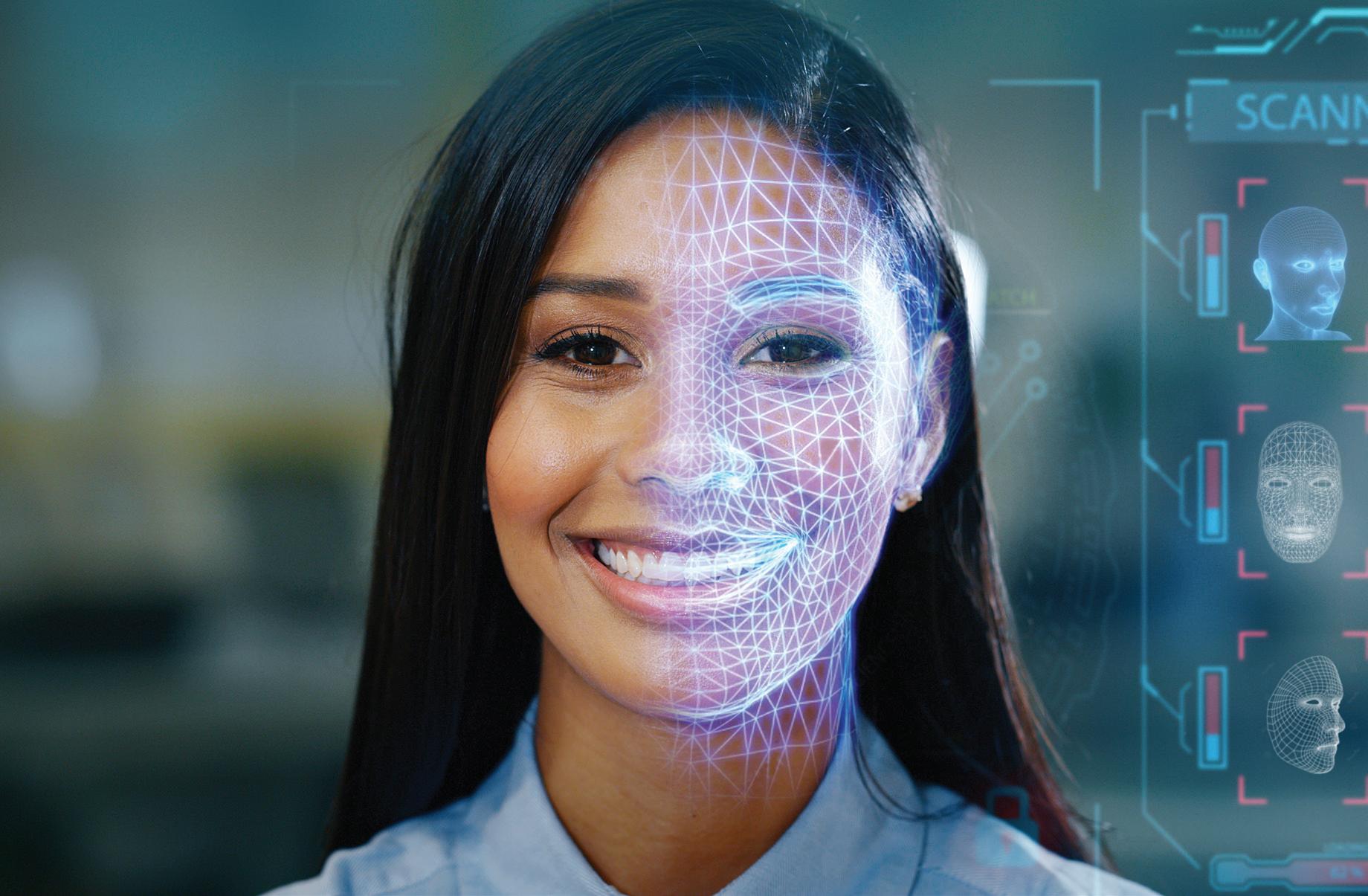
2 minute read
Feasibility of using deep learning to detect coronary artery disease
Coronary artery disease (CAD) remains the leading cause of death worldwide. That is why accurate, practical, and cost-effective tools are needed to detect cardiovascular disease.
In addition to conventional predictive models, based on clinical risk factors, there are some facial features that are associated with an increased risk of cardiovascular disease, such as alopecia, gray hair, facial wrinkles, earlobe folding, xanthelasma, and corneal arch, so a predictive model could facilitate the timely detection of these diseases. The use of these facial features for disease detection has many limitations, however, owing to the few categories and low prevalence of facial features, lack of specific definitions, a quantifiable severity classification, and a low reproducibility in human identification. This is why a group of Chinese researchers has created a learning algorithm that is a promising tool for timely diagnosis based on facial photos (selfies).
Advertisement
Shen Lin and collaborators from the National Clinical Research Center of Cardiovascular Diseases in the People’s Republic of China conducted a multi-center cross-sectional study in which data from two studies performed in nine sites in China was obtained. Participants underwent elective coronary angiography or coronary surgery. Patients were photographed prior to the procedures, full face and in profile, using a digital camera with more than twenty million pixels. Interviews collected data on economic status, demographic situation, characteristics, lifestyle, family history, and medications used. The researchers concluded, for the first time, the feasibility of algorithms for detecting cardiovascular and coronary heart disease through facial photos as a method for the general population and as a way of assessing the risks of this disease in healthcare facilities. This is a timely diagnostic tool vulnerable populations in developing countries to detect heart disease in time.

The study could be a first step in deciding whether to perform more accurate and expensive medical tests in order to confirm or rule out the diagnosis. The researchers also recognize, however, that the tool still has important limitations and needs further development to improve its specificity. With the present tool, many people who do not really suffer from coronary disease might be misdiagnosed, and this would unnecessarily overload health care systems.
The researchers mention that one limitation found in the study is that the algorithm suffers from a strong bias, since its learning has been focused on facial photographs of a single ethnic group: the Chinese. It is very likely that this tool would produce worse results in any other population group. Moreover, people who have undergone facial cosmetic surgery could show wrong results with the tool. They therefore consider it necessary to carry out more studies in order to develop and train algorithms with photographs for the global population. Nevertheless, this study is a novelty that offers hope for the timely diagnosis of one of the world’s deadliest diseases.
Source: Shen Lin et al. (2020). Feasibility of using deep learning to detect coronary artery disease based on facial photo. European Heart Journal, 1–12. https://doi.org/10.1093/ eurheartj/ehaa640
Written by Jennefer Iveth Mercado Cerda
Student of the Master of Public Health, Bachelor of Public Health, Researcher in the Department of Development at CidVID.










